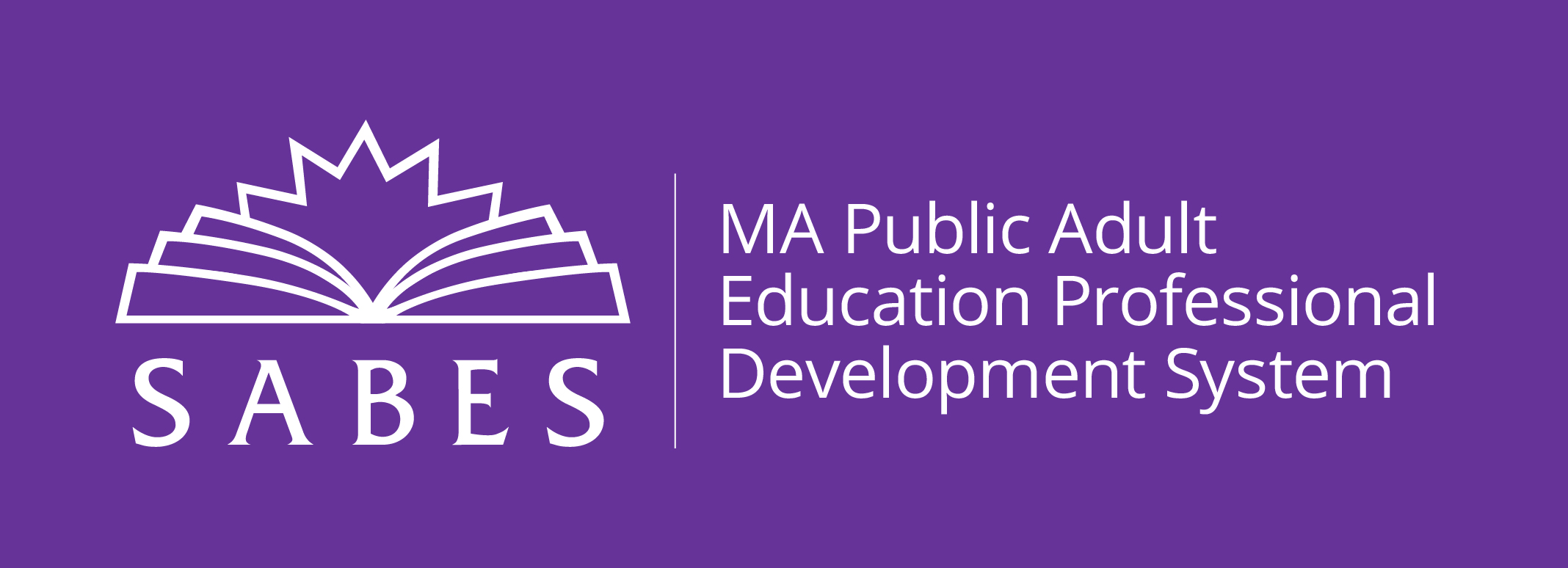Today, curb cuts are ubiquitous points of access required by U.S. law. But these ramps connecting sidewalks to streets were hard-won. Disability activist Patrick William Connally, describing his digital painting depicting the first curb cut, explained that its purpose was to help people in wheelchairs. The fight for curb cuts was championed by and for people with disabilities. But its effects were broader. People pushing strollers and luggage moved more easily through the city. So did skateboarders and elderly people. A targeted solution that granted better access to wheelchair users had incidental benefits for people across the Berkeley community and across the country.
That “curb-cut effect” has its roots in disability activism, but the concept—like curb cuts themselves—has proven widely applicable. This article examines the ways that the “curb-cut effect” can be more broadly applied to racial, gender, and LGBTQIA+ inclusion in our school communities for more inclusion and accessibility for all learners.


